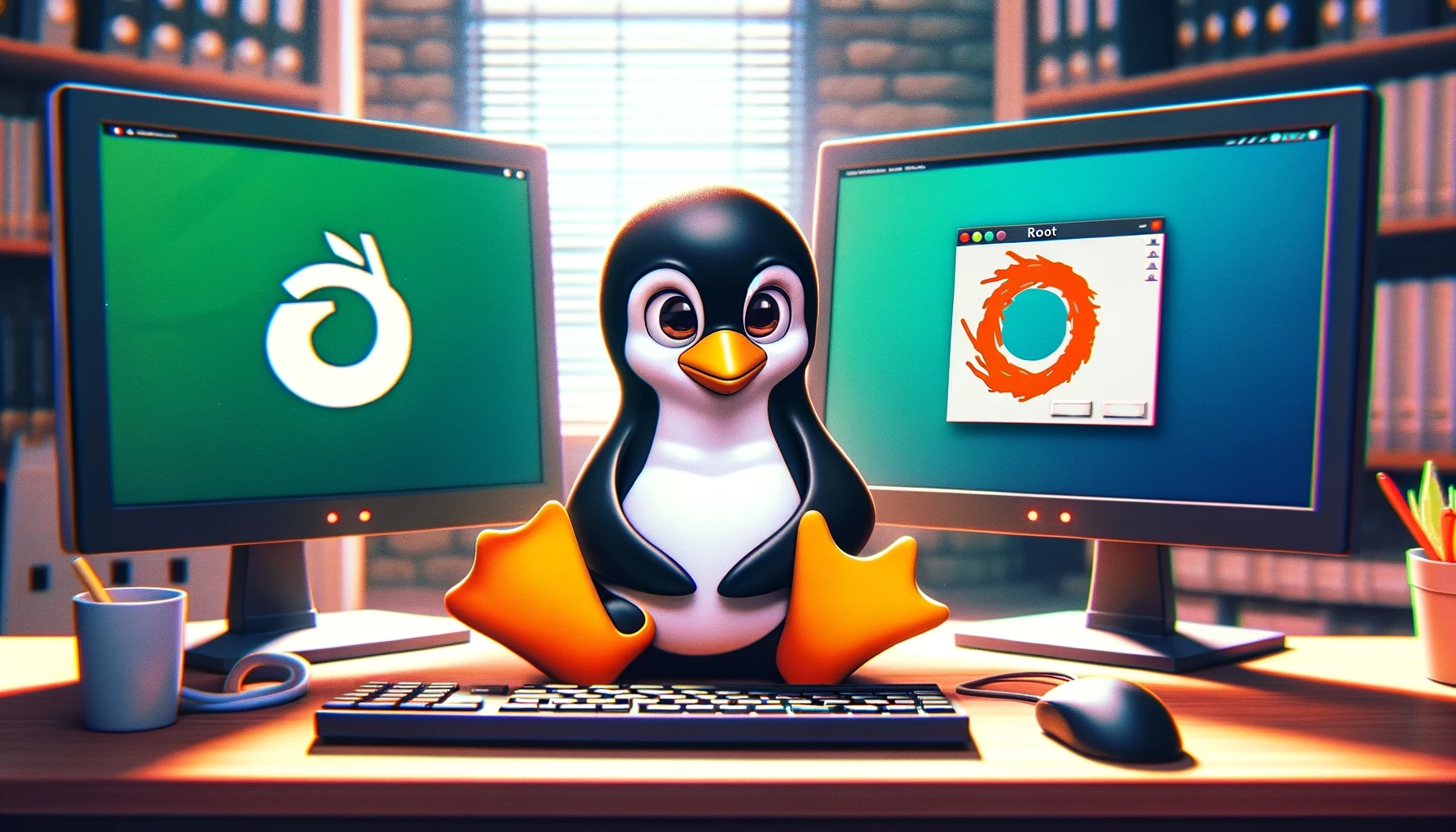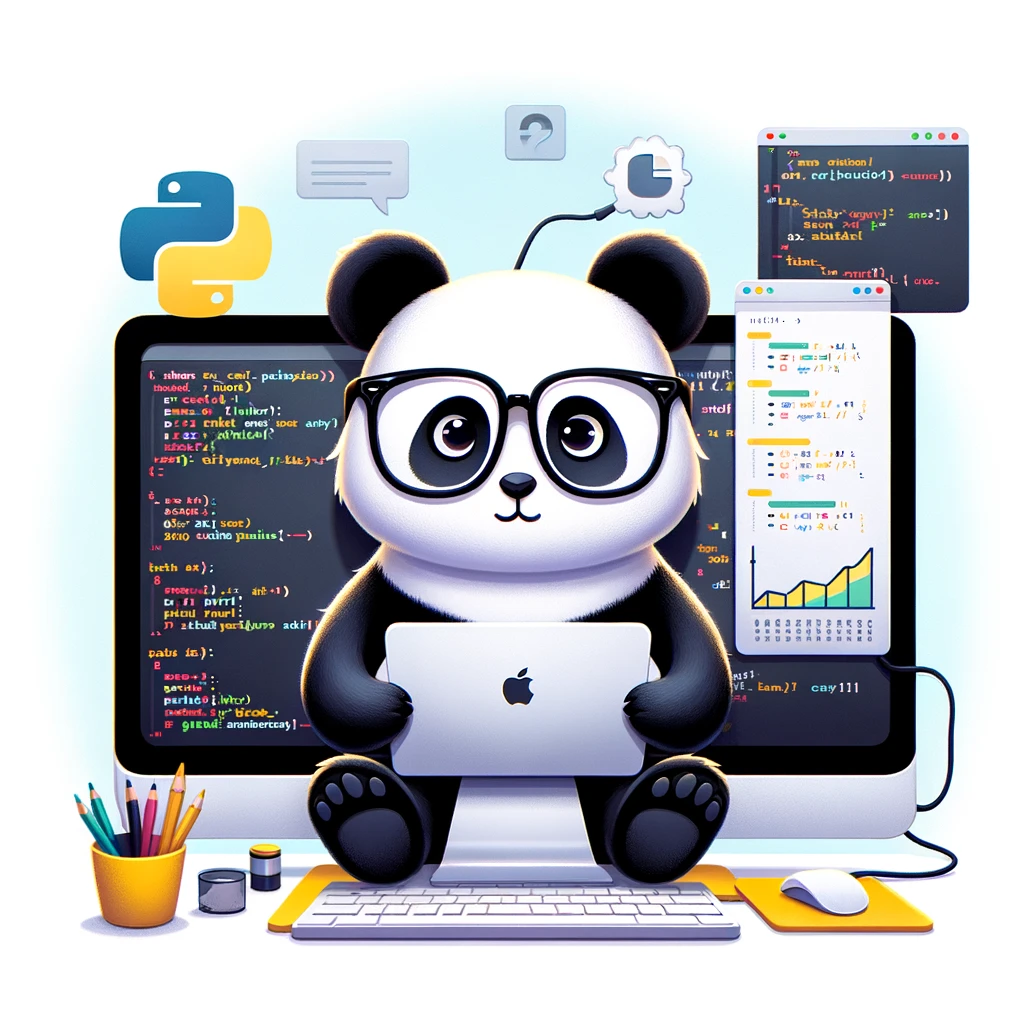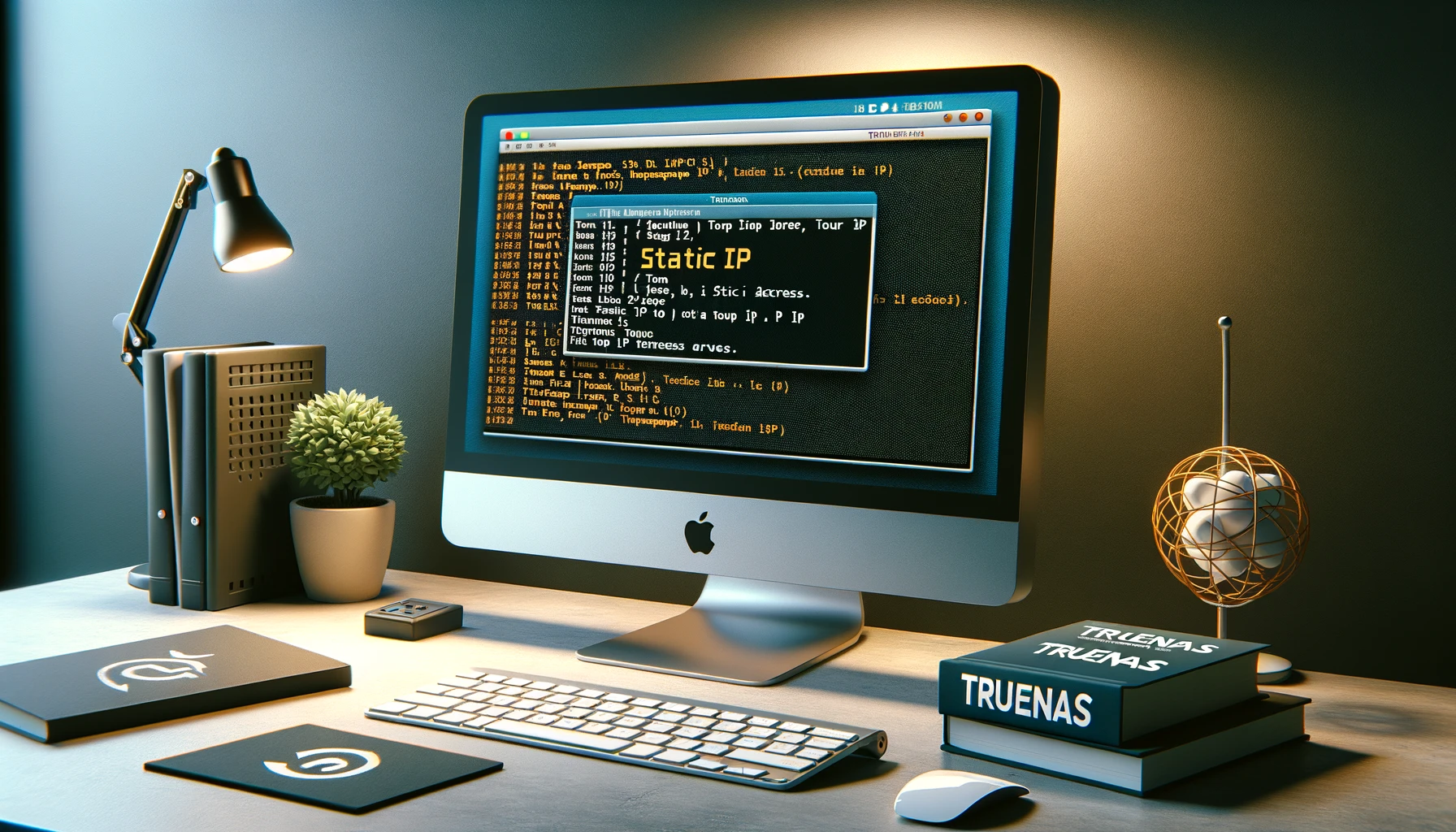PureVoltage Blog
-

Enabling the Root User in Ubuntu and Debian: A Comprehensive Guide
Introduction In the Linux world, the root user is the superuser with full administrative access to the system. This user can read, modify, and delete any file in the system, stop and start services, and even change the operating system’s settings. For security reasons, many Linux distributions, including Ubuntu and Debian, disable the root user…
-

Configuring Static IP Address in Linux
Configuring Static IP Address from the Command Line in Linux: A Comprehensive Guide Before we dive into the comprehensive steps for configuring a static IP address from the Linux command line, let’s get a quick understanding of the most important commands: TL;DR: Firstly, use the ip link command to find out the interfaces. The interface…
-

Why Not All “Remote Hands” Are the Same
Why Not All “Remote Hands” Are the Same In our previous post, “Remote Hands Services in Data Centers”, we unpacked the concept of “remote hands” and how these services bolster data center efficiency. However, as with all professional services, not all remote hands are created equal. Today, we will delve into the distinct differences and…
-

Remote Hands Services in Data Centers
Understanding Remote Hands Services in Data Centers Remote hands is a service offered by colocation providers that allows customers to delegate IT management and maintenance tasks to technicians hired by the provider. While traditionally associated with colocation services, remote hands now extend to cloud and third-party IT support providers. These services can include routine monitoring,…
-

Python Pandas: From Installation to Advanced Data Handling and Visualization
Python Pandas: A Powerful Data Analysis Tool Welcome to our blog post on Python Pandas! In this article, we will explore the features and benefits of this fast, powerful, flexible, and easy-to-use open source data analysis and manipulation tool. Built on top of the Python programming language, Pandas provides a comprehensive set of functionalities for…
-

How to Setup a Static IP Address on TrueNAS
How to Setup a Static IP Address on TrueNAS: A Step-by-Step Guide Setting up a static IP address on a TrueNAS server is a crucial task for ensuring reliable network configuration. This guide provides a workaround for setting up a static IP address during the TrueNAS installation process, where the installer does not offer an…
-

What is a VPN?
Unraveling the Mysteries of Virtual Private Networks Introduction In an era where digital information flows faster than ever, the need for privacy and security is of utmost importance. One technology that has emerged as a potent tool in the quest for secure communication is the Virtual Private Network, or VPN. But what is a VPN,…
-

Why Use a VPN?
Understanding the Benefits of Virtual Private Networks Introduction A Virtual Private Network (VPN) creates a secure and encrypted connection over less secure networks, like the internet. This article delves into why using a VPN can enhance your online security and overall experience. Enhanced Privacy and Anonymity VPNs maintain privacy and anonymity online by masking your…
-

Python-List-Length
The Ultimate Guide to Finding the Length of a Python List When working with Python, it is essential to know how to determine the length of a list. The length of a list refers to the number of elements it contains. This blog post will explore different techniques for finding the length of a list…
-

Dedicated Servers vs. Bare Metal Servers: Which Hosting Option is Right for You?
What are Dedicated Servers/Bare Metal Servers? A dedicated server is a physical server dedicated solely to you, unshared with any other users. It’s distinct from shared resources systems such as VPS, cloud, or shared web hosting. A bare metal server, often interchangeably used with a dedicated server, is simply another term that surfaced when businesses…